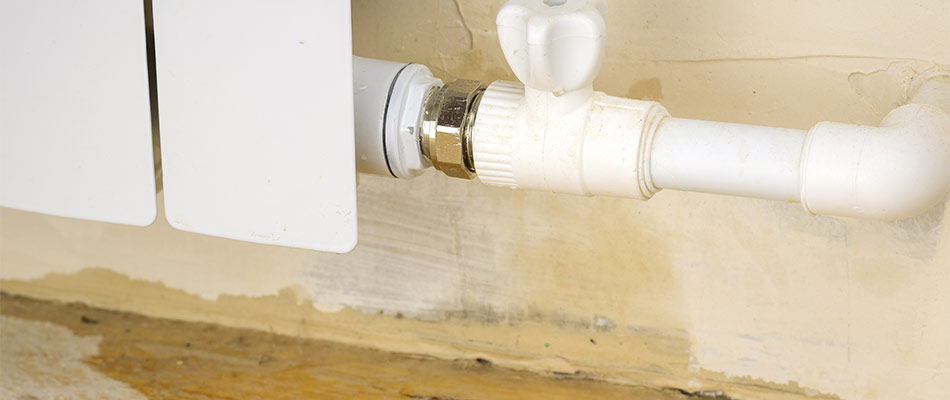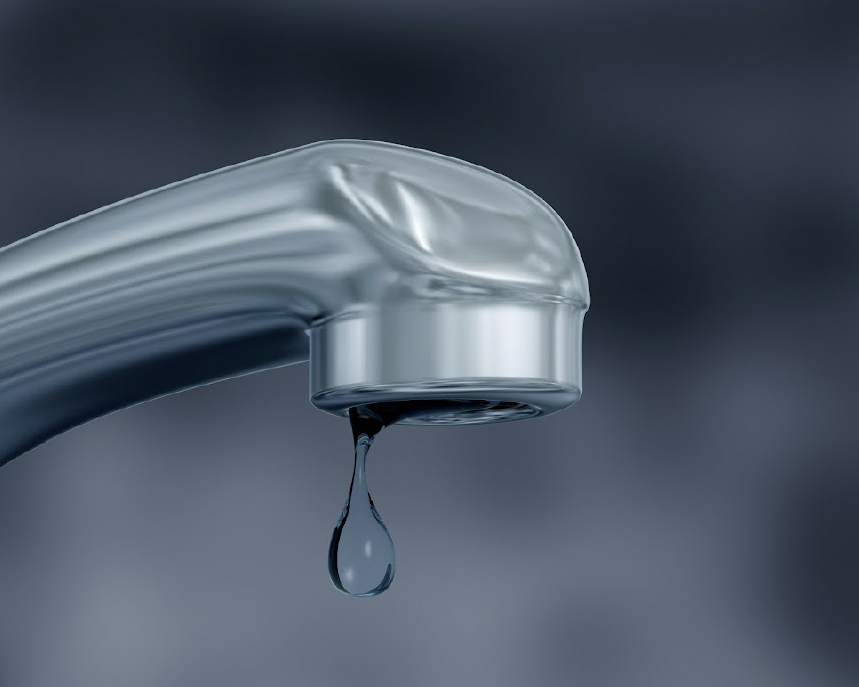Overview To Water Leak Detection In The House
Overview To Water Leak Detection In The House
Blog Article
Everyone is bound to have their personal assumption when it comes to Detecting hidden plumbing leaks.

The moment you find a leakage, calling your plumber for repairs is the best solution. However, some little water leakages may not be visible. If you can not discover it with your nude eyes, below are some hacks that assist.
Early discovery of leaking water lines can mitigate a prospective disaster. Apart from conserving you money, it will decrease the irritation and disappointment.
Inspect Water Usage
If you identify abrupt modifications, regardless of your consumption being the exact same, it means that you have leakages in your plumbing system. A sudden spike in your costs indicates a fast-moving leak.
A stable increase every month, also with the exact same practices, reveals you have a slow-moving leak that's also gradually escalating. Call a plumber to completely examine your residential property, specifically if you feel a warm area on your floor with piping underneath.
Evaluate the situation and inspect
House owners must make it a practice to inspect under the sink counters and also even inside cabinets for any kind of bad odor or mold and mildew growth. These 2 red flags show a leakage so punctual interest is needed. Doing routine examinations, also bi-annually, can conserve you from a significant trouble.
Take A Look At the Water Meter
Every home has a water meter. Inspecting it is a proven manner in which assists you discover leaks. For starters, switch off all the water sources. Make sure no one will purge, make use of the faucet, shower, run the washing maker or dishwasher. From there, most likely to the meter and watch if it will alter. Given that no one is utilizing it, there should be no motions. That suggests a fast-moving leakage if it relocates. Furthermore, if you find no changes, wait an hour or two and also inspect back again. This means you might have a slow leakage that could also be underground.
Asses Outside Lines
Don't fail to remember to examine your outdoor water lines as well. Should water seep out of the link, you have a loose rubber gasket. One small leakage can squander bunches of water and spike your water costs.
Do a Food Coloring Test
When it comes to water intake, 30% comes from commodes. If the shade somehow infiltrates your bowl during that time without flushing, there's a leak between the tank as well as bowl.
Inspect for stainings and damaging as many pipelines and home appliances have a life expectations. If you think dripping water lines in your plumbing system, do not wait for it to escalate.
The moment you discover a leakage, calling your plumber for repairs is the ideal solution. Some tiny water leaks might not be noticeable. Examining it is a surefire way that helps you find leaks. One small leakage can throw away bunches of water and spike your water bill.
If you suspect leaking water lines in your plumbing system, don't wait for it to intensify.
WARNING SIGNS OF WATER LEAKAGE BEHIND THE WALL
PERSISTENT MUSTY ODORS
As water slowly drips from a leaky pipe inside the wall, flooring and sheetrock stay damp and develop an odor similar to wet cardboard. It generates a musty smell that can help you find hidden leaks.
MOLD IN UNUSUAL AREAS
Mold usually grows in wet areas like kitchens, baths and laundry rooms. If you spot the stuff on walls or baseboards in other rooms of the house, it’s a good indicator of undetected water leaks.
STAINS THAT GROW
When mold thrives around a leaky pipe, it sometimes takes hold on the inside surface of the affected wall. A growing stain on otherwise clean sheetrock is often your sign of a hidden plumbing problem.
PEELING OR BUBBLING WALLPAPER / PAINT
This clue is easy to miss in rooms that don’t get much use. When you see wallpaper separating along seams or paint bubbling or flaking off the wall, blame sheetrock that stays wet because of an undetected leak.
BUCKLED CEILINGS AND STAINED FLOORS
If ceilings or floors in bathrooms, kitchens or laundry areas develop structural problems, don’t rule out constant damp inside the walls. Wet sheetrock can affect adjacent framing, flooring and ceilings.
https://www.servicemasterbyzaba.com/blog/how-to-detect-water-leakage-in-walls/

I discovered that blog post on Top leak detection hacks when doing a search on the search engines. Sharing is good. You won't know, you may be helping someone out. Thanks for going through it.
Report this page